Renault Captur vs Renault Mégane – Differences & prices compared
Compare performance, boot space, consumption and price in one view.
Find out now: which car is the better choice for you – Renault Captur or Renault Mégane?
The Renault Captur (SUV) comes with a Petrol MHEV, LPG, Petrol or Full Hybrid engine and Manuel or Automatic transmission. In comparison, the Renault Mégane (SUV) features a Electric engine with Automatic transmission.
When it comes to boot capacity, the Renault Captur offers 422 L, while the Renault Mégane provides 389 L – depending on how much space you need. If you’re looking for more power, decide whether the 158 HP of the Renault Captur or the 218 HP of the Renault Mégane suits your needs better.
In terms of consumption, the values are 4.50 L per 100 km for the Renault Captur, and 15.40 kWh for the Renault Mégane.
Price-wise, the Renault Captur starts at 20100 £, while the Renault Mégane is available from 35100 £. Compare all the details and find out which model fits your lifestyle best!
In the world of compact French automobiles, the Renault Captur and Renault Mégane stand out with their distinct appeals. The Captur, with its elevated ride height and crossover styling, offers a youthful and versatile option for urban adventurers, featuring a spacious cabin and a host of customizable options. Meanwhile, the Mégane impresses with its refined handling and sleek design, ideal for those prioritizing performance and comfort in a compact hatchback.
Renault Captur
The Renault Captur is a compact SUV that combines stylish design with practical functionality, making it a popular choice for urban drivers. Its interior offers a versatile and comfortable space, featuring high-quality materials and modern technology. On the road, the Captur delivers a smooth and efficient driving experience, perfect for both city commutes and weekend adventures.
details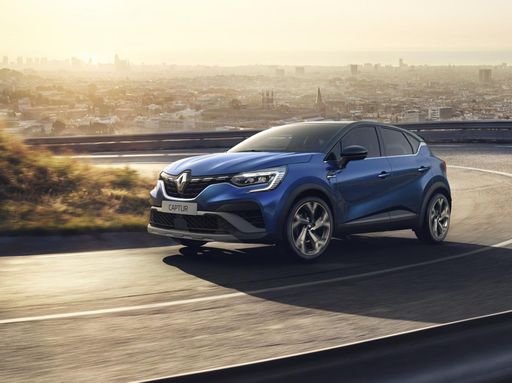 @ renault-presse.de
@ renault-presse.de
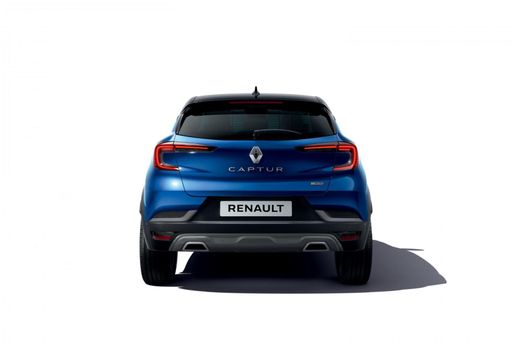 @ renault-presse.de
@ renault-presse.de
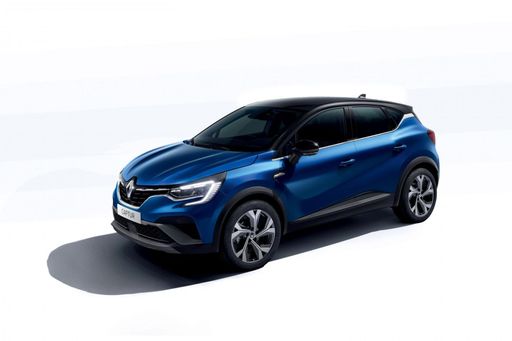 @ renault-presse.de
@ renault-presse.de
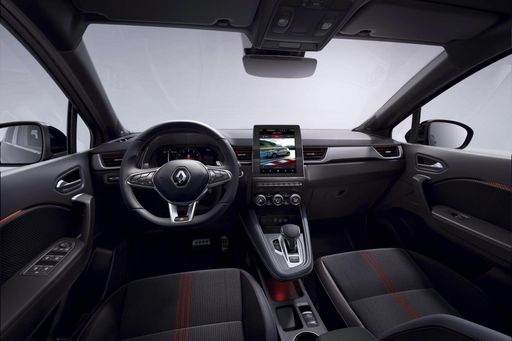 @ renault-presse.de
@ renault-presse.de
Renault Mégane
The Renault Mégane stands out in the hatchback segment with its chic design and advanced technology features. Its interior offers a spacious and comfortable environment, providing both driver and passengers with a premium experience. Combining impressive handling with economical efficiency, the Mégane caters to those seeking style and practicality in their daily commute.
details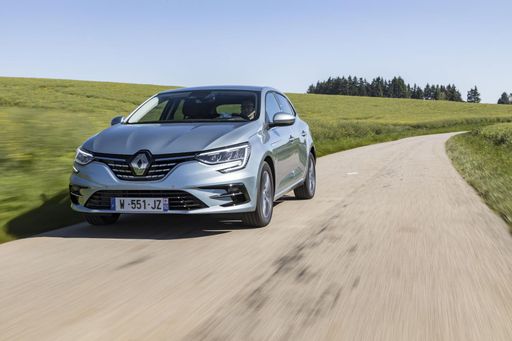 @ Renault
@ Renault
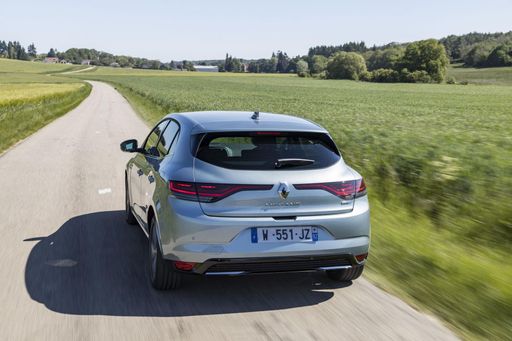 @ Renault
@ Renault
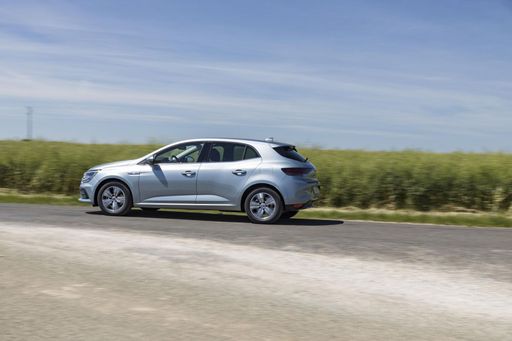 @ Renault
@ Renault
 @ Renault
@ Renault
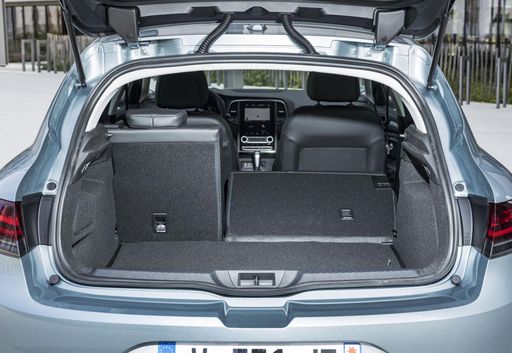 @ Renault
@ Renault
Renault Captur vs Renault Mégane: The Battle of New-Age Compacts
In a world where urban compacts have steadily gained traction, Renault continues to innovate with two strong contenders—the versatile Renault Captur and the sleek Mégane. Both boast their unique traits, serving different niches in the market. Let's dive into a comparative analysis of their technical prowess and innovative features.
Design and Dimensions
The first thing you'll notice is the distinct body types. While both models are categorized under the SUV segment, the Captur offers a more elevated stance at 1575 mm in height, providing a commanding view of the road. It's 4239 mm in length and 1797 mm in width, making it slightly more robust compared to the Mégane's measurements of 4200 mm by 1768 mm, with a height of 1505 mm. The Captur's extra bulk translates into more cargo room too, with a trunk capacity of up to 422 liters compared to the Mégane’s 389 liters.
Powertrain and Performance
The Captur steps into battle with multiple engine configurations, including a full hybrid, petrol MHEV, LPG, and conventional petrol options, with power ranging from 91 to 158 HP. The full hybrid variant showcases a fuel consumption of just 4.7 L/100km, emphasizing efficiency. Reinforcing its versatile nature, it also provides manual and dual-clutch automatic transmission choices that mesh seamlessly with its front-wheel-drive setup.
Meanwhile, the Mégane heralds a modern age with its fully electric drivetrain. Offering two power outputs—130 HP and 218 HP—it boasts zero emissions, evidenced by its CO2 efficiency class rated at A. Consumption levels are strikingly efficient, knit tightly within 14.9 to 15.4 kWh/100km, with a commendable range reaching up to 460 km, depending on the variant.
Performance and Driving Experience
Acceleration times for the Captur span from 8.5 to 14.3 seconds, depending on the powertrain choice, achieving top speeds between 168 km/h and 180 km/h. The combination of a practical payload capacity and a torque range of 160 Nm to 270 Nm promises a capable and multifaceted urban companion.
The Mégane, however, offers a transformative driving profile with an electric flair. Its acceleration can compete head-to-head with a sprint to 100 km/h as low as 7.4 seconds. While not built for top speed, its electronically limited 160 km/h ensures stable and consistent performance. The electric torque of up to 300 Nm presents instantaneous power delivery for a smooth drive.
Innovations and Efficiencies
Both models leverage Renault's advanced engineering, yet cater to distinct clientele. The Captur, with hybrid and multi-energy options, attends to traditional drivers while easing them into the electrified universe. Its emphasis on eco-friendliness in combustion engines is commendable.
The Mégane, on the other hand, is forward-looking, with features designed for an electric future. Its fully electric nature paves a path towards sustainable automotive solutions, aided by driving conveniences inherent in electric cars like significant reduction in noise and a serene driving environment.
Conclusion
Choosing between the Captur and Mégane boils down to individual lifestyle and ecological inclinations. The Captur's versatility might appeal to those who appreciate diverse energy sources with a penchant for classic engineering. Meanwhile, the Mégane appeals to the environmentally-conscious urbanite, offering a taste of futuristic driving today. Regardless of the choice, both models stand as testaments to Renault's commitment to innovation and customer-centric design.

|

|
|
|
|
Costs and Consumption |
|
|---|---|
|
Price
20100 - 28300 £
|
Price
35100 - 38500 £
|
|
Consumption L/100km
4.5 - 7.8 L
|
Consumption L/100km
-
|
|
Consumption kWh/100km
-
|
Consumption kWh/100km
15.40 kWh
|
|
Electric Range
-
|
Electric Range
452 km
|
|
Battery Capacity
-
|
Battery Capacity
-
|
|
co2
102 - 139 g/km
|
co2
0 g/km
|
|
Fuel tank capacity
40 - 48 L
|
Fuel tank capacity
-
|
Dimensions and Body |
|
|---|---|
|
Body Type
SUV
|
Body Type
SUV
|
|
Seats
5
|
Seats
5
|
|
Doors
5
|
Doors
5
|
|
Curb weight
1293 - 1514 kg
|
Curb weight
1719 kg
|
|
Trunk capacity
326 - 422 L
|
Trunk capacity
389 L
|
|
Length
4239 mm
|
Length
4200 mm
|
|
Width
1797 mm
|
Width
1783 mm
|
|
Height
1575 mm
|
Height
1505 mm
|
|
Payload
376 - 457 kg
|
Payload
446 kg
|
Engine and Performance |
|
|---|---|
|
Engine Type
Petrol MHEV, LPG, Petrol, Full Hybrid
|
Engine Type
Electric
|
|
Transmission
Manuel, Automatic
|
Transmission
Automatic
|
|
Transmission Detail
Manual Gearbox, Dual-Clutch Automatic, Automatic Gearbox
|
Transmission Detail
-
|
|
Drive Type
Front-Wheel Drive
|
Drive Type
Front-Wheel Drive
|
|
Power HP
91 - 158 HP
|
Power HP
218 HP
|
|
Acceleration 0-100km/h
8.5 - 14.3 s
|
Acceleration 0-100km/h
7.40 s
|
|
Max Speed
168 - 180 km/h
|
Max Speed
160 km/h
|
|
Torque
160 - 270 Nm
|
Torque
300 Nm
|
|
Number of Cylinders
3 - 4
|
Number of Cylinders
-
|
|
Power kW
67 - 116 kW
|
Power kW
160 kW
|
|
Engine capacity
999 - 1789 cm3
|
Engine capacity
-
|
General |
|
|---|---|
|
Model Year
2024 - 2025
|
Model Year
2025
|
|
CO2 Efficiency Class
D, C
|
CO2 Efficiency Class
A
|
|
Brand
Renault
|
Brand
Renault
|
Renault Captur
The Renault Captur: A Modern Fusion of Style and Efficiency
The Renault Captur has carved a unique niche for itself in the compact SUV segment, combining eye-catching design with advanced technology. As we delve into its technical specifications and innovative features, it's clear why this model continues to captivate automotive enthusiasts and everyday drivers alike.
Under the Bonnet: Power and Performance
The Renault Captur offers a diverse range of powertrains, catering to different driving preferences and needs. Whether you opt for a full hybrid or a mild-hybrid petrol engine, the Captur provides an impressive blend of power and efficiency. The power output ranges from 91 to 158 PS, ensuring a versatile drive whether you're navigating urban streets or hitting the open road.
With a fuel consumption range of 4.7 to 7.8 L/100km, Renault has engineered the Captur with an environmental focus, presenting one of the more economical offerings in its class. The CO2 emissions range from 106 to 139 g/km, adhering to modern demands for reduced environmental impact without compromising on performance.
Technological Innovation: E-Tech Hybrid System
An exciting feature of the Captur is its E-Tech hybrid system, a testament to Renault's commitment to innovation. This system intelligently combines a petrol engine with an electric motor to optimise energy usage, offering both power and efficiency seamlessly. This technology is particularly beneficial in urban settings where frequent stopping and starting can traditionally increase fuel consumption and emissions.
Driving Dynamics and Comfort
The Renault Captur is built with front-wheel drive and offers both manual and automatic transmission options, including cutting-edge dual-clutch systems for smooth gear changes. Offering a maximum torque of 160 to 270 Nm ensures a responsive drive across various terrains. Coupled with its agile handling and a maximum speed range of 168 to 180 km/h, the Captur is as adept on a motorway as it is in city environments.
Comfort has not been overlooked; with five seats and spacious dimensions of 4239 mm in length, 1797 mm in width, and 1575 mm in height, the Captur provides ample space for passengers and luggage alike. The boot space ranges from 326 to 422 litres, accommodating anything from daily grocery shopping to holiday luggage with ease.
Manufacturing Excellence: Safety and Quality Features
Safety and quality are core components of the Captur's design. It features advanced safety technologies and driver-assistance systems, ensuring peace of mind on every journey. The model's CO2 efficiency classes range between C and D, aligning with current environmental standards while still prioritising driver and passenger safety.
Conclusion: A Compelling Choice in Its Class
With a price range between €22,950 to €32,750, the Renault Captur represents a compelling balance of affordability and feature-rich ownership. For those seeking a vehicle that harmonises cutting-edge technology, ecological mindfulness, and dynamic driving experiences, the Captur stands out as a particularly attractive choice in the competitive SUV market.
In summary, the Renault Captur's combination of modern styling, advanced hybrid technology, and practical features places it firmly as a leading contender for anyone considering a contemporary SUV purchase.
Renault Mégane
Breaking New Ground: The Latest Renault Mégane Models
The Renault Mégane has long been a staple in the line-up of urban-centric and energy-efficient vehicles. As the world leans more towards sustainable driving, the latest models of the Renault Mégane continue to push the envelope with its innovative features and technical prowess.
Innovative Powertrain: The Heart of Mégane
The latest Mégane series comes equipped with an electric motor, offering a performance range of 130 to 218 PS (96 to 160 kW). This ensures that drivers not only benefit from emission-free motoring but also from robust performance figures, with a torque ranging between 250 to 300 Nm. The models are designed to provide a seamless driving experience with their automated front-wheel-drive system.
Efficiency Meets Performance
These Mégane models boast electric consumption figures from 14.9 to 15.4 kWh/100 km, impressive for their class, and are capable of achieving a range between 308 to 460 km on a single charge. The acceleration from 0-100 km/h varies between a peppy 7.4 seconds to a more leisurely 10.5 seconds, depending on the variant, all while maintaining a top speed of 150-160 km/h.
Modern Appeal with Practical Design
Renault’s attention to design is evident in the Mégane's contemporary aesthetic. Whether you opt for the Equilibre, Evolution, Iconic, or Techno trim, each is packed with thoughtful features ensuring comfort for its five passengers and a reasonable boot capacity of 389 litres. The sleek SUV silhouette runs 4,200 mm in length and 1,768 mm in width, giving it a commanding road presence without compromising on practicality.
Cost Efficiency with Zero Emissions
With prices ranging from €35,600 to €45,900, the Renault Mégane offers a competitive edge in its segment. Additionally, the monthly operating costs sit comfortably between €914 and €1,092. The absence of emissions—at 0 g/km—further places these models in the coveted CO2 efficiency class of A, making them a thoughtful choice for environmentally conscious urban drivers.
Conclusion
The Renault Mégane models stand as a testament to the brand's commitment to innovation, efficiency, and style. With its competitive range, pricing, and features, it efficiently caters to the modern driver's needs, balancing power, efficiency, and sustainability seamlessly.
Which drive types are available for the Renault Captur?
Available as .
The prices and data displayed are estimates based on German list prices and may vary by country. This information is not legally binding.
